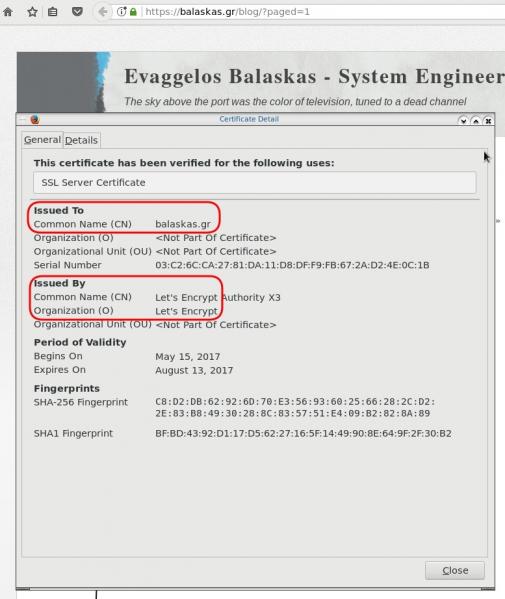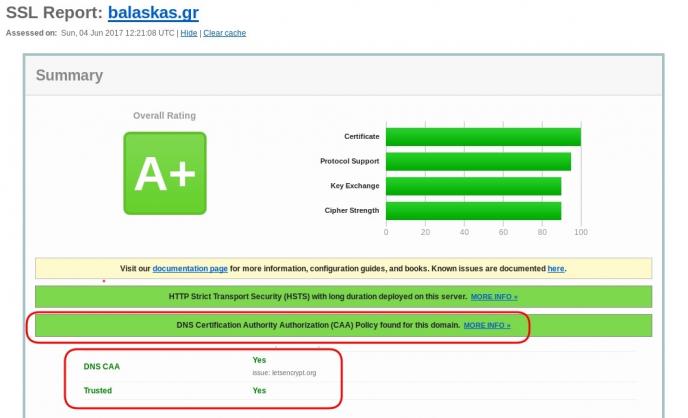Domain Name Service Response Policy Zones
from PowerDNS Recursor documentation :
Response Policy Zone is an open standard developed by Paul Vixie (ISC and Farsight) and Vernon Schryver (Rhyolite), to modify DNS responses based on a policy loaded via a zonefile.
Sometimes it is called: DNS Firewall
Reading Material
aka useful links:
Scheme
An example scheme to get a a better understanding on the concept behind RPZ.

Purpose
The main purposes of implentanting DNS RPZ in your DNS Infrastructure are to dynamicaly DNS sinkhole:
- Malicious domains,
- Implement goverment regulations,
- Prevent users to visit domains that are blocked via legal reasons.
by maintaining a single RPZ zone (or many) or even getting a subscription from another cloud provider.
Althouth for SOHO enviroments I suggest reading this blog post: Removing Ads with your PowerDNS Resolver and customize it to your needs.
RPZ Policies
These are the RPZ Policies we can use with PowerDNS.
- Policy.Custom (default policy)
- Policy.Drop
- Policy.NXDOMAIN
- Policy.NODATA
- Policy.Truncate
- Policy.NoAction
Policy.Custom:
Will return a NoError, CNAME answer with the value specified with
defcontent, when looking up the result of this CNAME, RPZ is not taken into account
Use Case
Modify the DNS responces with a list of domains to a specific sinkhole dns record.
eg.
thisismytestdomain.com.org ---> sinkhole.example.net.
*.thisismytestdomain.com.org ---> sinkhole.example.net.
example.org ---> sinkhole.example.net.
*.example.org ---> sinkhole.example.net.
example.net ---> sinkhole.example.net.
*.example.net ---> sinkhole.example.net.DNS sinkhole record
Create an explicit record outside of the DNS RPZ scheme.
A type A Resource Record to a domain zone that points to 127.0.0.1 is okay, or use an explicit host file that the resolver can read. In the PowerDNS Recursor the configuration for this, are these two lines:
etc-hosts-file=/etc/pdns-recursor/hosts.blocked
export-etc-hosts=onthen
$ echo "127.0.0.5 sinkhole.example.net" >> /etc/pdns-recursor/hosts.blocked
and reload the service.
rpz.zone
RPZ functionality is set by reading a bind dns zone file, so create a simple file:
/etc/pdns-recursor/rpz.zone
; Time To Live
$TTL 86400
; Start Of Authorite
@ IN SOA authns.localhost. hostmaster. 2018042901 14400 7200 1209600 86400
; Declare Name Server
@ IN NS authns.localhost.Lua
RPZ support configuration is done via our Lua configuration mechanism
In the pdns-recursor configuration file: /etc/pdns-recursor/recursor.conf we need to declare a lua configuration file:
lua-config-file=/etc/pdns-recursor/rpz.luaLua-RPZ Configuration file
that points to the rpz.zone file. In this example, we will use Policy.Custom to send every DNS query to our default content: sinkhole.example.net
/etc/pdns-recursor/rpz.lua
rpzFile("/etc/pdns-recursor/rpz.zone", {defpol=Policy.Custom, defcontent="sinkhole.example.net."})Restart PowerDNS Recursor
At this moment, restart the powerdns recusor
# systemctl restart pdns-recursor
or
# service pdns-recursor restart
and watch for any error log.
Domains to sinkhole
Append to the rpz.zone all the domains you need to sinkhole. The defcontent="sinkhole.example.net." will ignore the content of the zone, but records must be valid, or else pdns-recursor will not read the rpz bind zone file.
; Time To Live
$TTL 86400
; Start Of Authorite
@ IN SOA authns.localhost. hostmaster. 2018042901 14400 7200 1209600 86400
; Declare Name Server
@ IN NS authns.localhost.
; Domains to sinkhole
thisisatestdomain.org. IN CNAME sinkhole.example.net.
thisisatestdomain.org. IN CNAME sinkhole.example.net.
example.org. IN CNAME sinkhole.example.net.
*.example.org. IN CNAME sinkhole.example.net.
example.net. IN CNAME sinkhole.example.net.
*.example.net. IN CNAME sinkhole.example.net.When finished, you can reload the lua configuration file that read the rpz.zone file, without restarting the powerdns recursor.
# rec_control reload-lua-config
Verify with dig
testing the dns results with dig:
$ dig example.net.
;; QUESTION SECTION:
;example.net. IN A
;; ANSWER SECTION:
example.net. 86400 IN CNAME sinkhole.example.net.
sinkhole.example.net. 86261 IN A 127.0.0.5$ dig thisisatestdomain.org
;; QUESTION SECTION:
;thisisatestdomain.org. IN A
;; ANSWER SECTION:
thisisatestdomain.org. 86400 IN CNAME sinkhole.example.net.
sinkhole.example.net. 86229 IN A 127.0.0.5Wildcard
test the wildcard record in rpz.zone:
$ dig example.example.net.
;; QUESTION SECTION:
;example.example.net. IN A
;; ANSWER SECTION:
example.example.net. 86400 IN CNAME sinkhole.example.net.
sinkhole.example.net. 86400 IN A 127.0.0.5CAA
Reading RFC 6844 you will find the definition of “DNS Certification Authority Authorization (CAA) Resource Record”.
You can read everything here: RFC 6844
So, what is CAA anyhow?
Certificate Authority
In a nutshell you are declaring which your Certificate Authority is for your domain.
It’s another way to verify that the certificate your site is announcing is in fact signed by the issuer that the certificate is showing.
So let’s see what my certificate is showing:
DNS
Now, let’s find out what my DNS is telling us:
# dig caa balaskas.gr ;; ANSWER SECTION: balaskas.gr. 5938 IN CAA 1 issue "letsencrypt.org"
Testing
You can also use the Qualys ssl server test:
A few days ago, I gave a presentation on fosscomm 2015 about DNS, OpenNic Project and DNScrypt
So without further ado, here it is: dns_opennic_dnscrypt.pdf
Στο HSGR έχουμε ξεκινήσει μια σειρά “μαθημάτων/συζητήσεων” γύρω από το DNS. Αυτά γίνονται κάθε Παρασκευή στις 18.00. Το 3ο κατά σειρά θα γίνει αυτή την παρασκευή 01.11.2013 κι εδώ θα βρείτε την σελίδα του event:
This blog post is based on Sotiris Tsimbonis’s work.
You should always checkzone the dns zone file you have just edited.
But you can also automate this, with a vim wrapper.
small changes @ Thu, 04 Oct 2012 14:03:15 +0300
#!/bin/sh
# ebal, Thu, 04 Oct 2012 14:03:15 +0300
/usr/sbin/named-checkconf
RES=$?
if [ ${RES} -gt 0 ]; then
echo ""
echo "Fix the above errors before editing your zone file"
echo ""
exit ${RES}
fi
ZONE=$1
PREFIX="/var/named/"
CHECKSUM=`/usr/bin/sha1sum ${PREFIX}/${ZONE}`
/usr/bin/vim ${PREFIX}/${ZONE}
echo ""
echo "Checking ${ZONE} for errors..."
echo ""
/usr/sbin/named-checkzone -i local ${ZONE} ${PREFIX}/${ZONE}
RES=$?
if [ ${RES} -gt 0 ]; then
echo ""
echo "You need to fix the errors and try again."
echo ""
exit ${RES}
fi
SHA1SUM=`/usr/bin/sha1sum ${PREFIX}/${ZONE}`
if [[ "$CHECKSUM" != "$SHA1SUM" ]]; then
echo "reloading zone ..."
/usr/sbin/rndc reload ${ZONE}
fi

